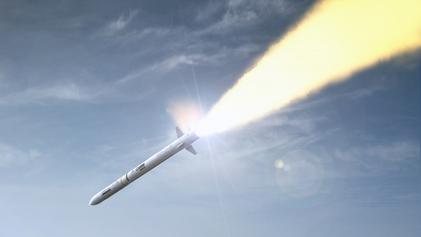AlvinofDiaspar
Moderator
In some ways they already do - they don't sell the F-22 to anyone (including allies). But to say it out loud is just so gauche - then again, who are we talking about?
AoD
Last edited:
In some ways they already do - they don't sell the F-22 to anyone (including allies). But to say it out loud is just so gauche - then again, who are we talking about?
AoD
This should be reason alone for any NATO country to never want to purchase another American Fighter Jet or weapons system again. It's one thing if the American's don't want to sell their F-22 but to market this jet to NATO countries and then deny access to upgrades is no way to do business. This would be like Tesla not allowing non-American customers to have access to software upgrades.More than just the F-22. We have a dispute over the F-35 right now. They aren't sharing the new GaN based AN/APG-85 radar. Not even with Five Eyes. And that's raising hackles not just in Ottawa. The -81 is a fine radar. But switching from GaAs to GaN has notable gains.
Not allowing NATO members to have access to this better radar that lessens a pilot's vulnerability is not the action of a true ally.



No. I’m suggesting the Tempest rather than the F-47 as the successor to the RCAF’s F-35s, likely in the 2050s.3) Our Hornets won't last long past 2030. They'll be pushing a half century old at that point. The gap between the Hornet retirement and potential Tempest EIS is too long.
No. I’m suggesting the Tempest rather than the F-47 as the successor to the RCAF’s F-35s, likely in the 2050s.
Because the White House just announced that dumbed down versions of the F-47 would be available to allies. The Brits won’t want it if they have their Tempest, the Japanese their Mitsubishi F-X, and the EU their FCAS. Plus there’s the multinational GCAP. Who is Boeing going to sell these bricked F-47s to? IDK, but if they’re made available for export, Canada would be a potential customer.The Americans never sold the F-22. Congress went out of their way to prohibit exports. This is what partly motivated the F-35, a fifth Gen they could share with allies and cheaper. What makes you think the F-47 would be available to Canada?
Just waiting for someone to suggest reviving the Avro Arrow program....




